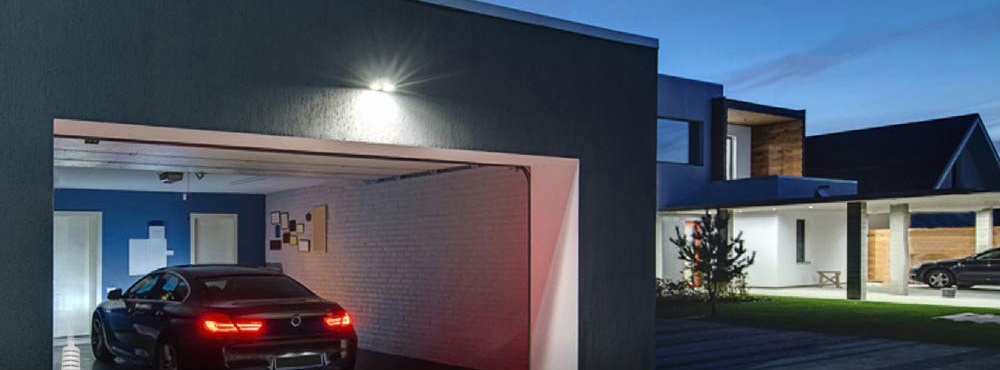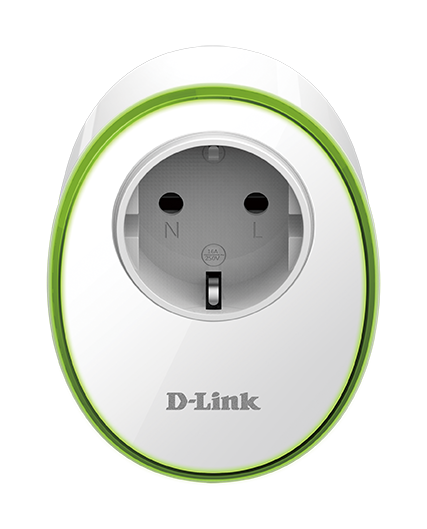The smart home not only works at the touch of a button from a smartphone or tablet, but also automatically adjusts the one or other setting. Whether closed roller shutters when it gets dark, the garage door that opens automatically on arrival or the roof window that closes when it rains - everything is under control.
Many suppliers already have garage doors and roller shutters with remote control and even with connection to the Smart Home in their range. But what about reliable legacy systems that date back to a time when smartphones were unthinkable? One solution is a complete upgrade, the other a cost-effective retrofit. For systems that operate manually, such as crank-driven awnings, garden gates or roller shutters with belts, upgrading does not work without major planning and conversion work. But if the remote control or wall switch already works, upgrading to "Smart" is pretty easy.

From actuators and sensors
The key to the upgrade is the so-called actuators. These are the smart home devices that send or receive a command - for example, the switch on the garage door or the smartphone. In addition, there are sensors that send values to a central control unit, which in turn control an actuator from a certain value reported by the sensor (e.g. the Aqara smart window door sensor). All components are managed by smart home gateways.
In order to control the smart motor, it must be clear how the circuit works. In the case of so-called passive switches, it is sufficient to briefly press them once to lower the blinds completely or open the garage door completely, for example. Active switches lack this intelligent type of control and the corresponding button must be pressed until the desired state is reached. If it is an active switch, it is still important to know how high the electrical voltage is. This determines whether a relay is required that "translates" between the two voltages.
Complete solution ...
Somfy is a manufacturer that many owners of electronic gates and roller shutters are probably familiar with. At the beginning of last year, the French house tax expert presented TaHoma Connect, a complete solution for controlling all smart home appliances. Heart is the Tahoma Connect base station connected by LAN with the home network, which controls devices or whole groups by radio. This works either manually from the smartphone. An alternative is the Qivicon distributed by Deutsche Telekom, which is based on the Qivicon Home Base. This control center also networks the various products of different manufacturers, including roller shutter actuators and switching actuators.
... or individual connection
The greatest advantage of the kits mentioned above is their construction from individual modules. The conversion to home automation does not have to take place in one go, but can be carried out in several stages. First the control panel and one or two roller shutters, then later the garage door and in the third step sensors that provide the automation. But it's even cheaper: many manufacturers now offer actuators that establish a direct connection to the smartphone and dispense with a control centre. The advantage of linking and controlling from the road is thus gone, but such isolated solutions are cheaper to purchase. Schellenberg supplies, for example, a garage door opener that establishes a direct connection to Android or iOS smartphones. A little more tinkering is needed to install an Intertechno Bluetooth switch. The small Smart Home module scores highly with functions such as timer, dimmer function and switch-on and switch-off times. This makes the switch compatible with a wide range of applications - from lamps to roller shutters or doors.





